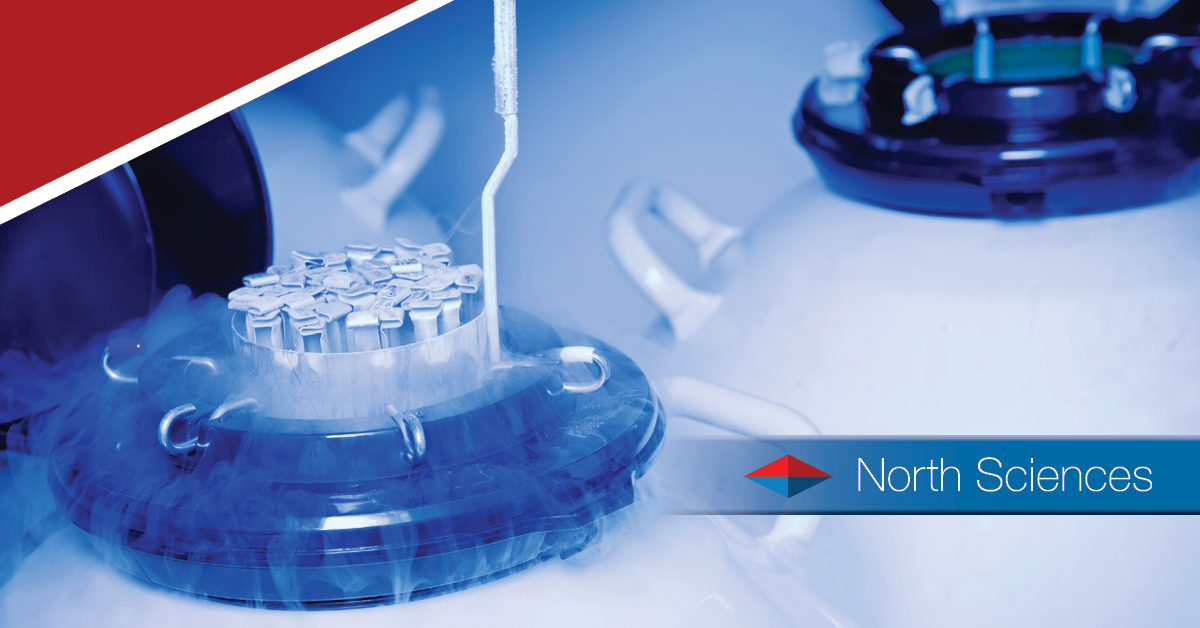Why Water Phase Transition is Important

Cryopreservation is an excellent way to store cells for a long time. Bacterial cultures kept at -80ºC, for example, can remain viable for more than 5 years. Storing your samples in an ultralow temperature (ULT) freezer is the best way to preserve them for longer-term use.
However, an inherent challenge exists when freezing down samples at such low temperatures. When water freezes, it expands and forms ice crystals. This expansion and crystal formation can damage cells, rendering them dead.
For this reason, cells must be protected from the crystallization of water before subjecting them to very low temperatures. Here is a summary of how it’s done.
Why do ice crystals kill cells?
Ice crystal formation is a regular feature of water when it freezes. At low temperatures, water molecules arrange themselves in an orderly fashion, forming crystals. These crystals may have sharp edges and pointed ends, which can poke holes in cell membranes and cell walls. With that, the cells suffer structural damage and death.
Also, ice crystal formation can cause cells to become dehydrated. Extracellular ice forms faster than intracellular ice. As a result, the concentration of solutes increases outside the cells, as there is less liquid water outside than inside the cells. Osmosis will then push intracellular water out, causing the cells to shrivel. Cell death follows through dehydration and solute toxicity, as the concentration of solutes inside the cells becomes too high for them to tolerate.
Cryoprotectants
For cryopreservation to work properly, there must be a way to prevent ice crystals from forming. A common method is to use cryoprotectants such as dimethyl sulfoxide (DMSO) or glycerol. These substances prevent ice crystal formation when samples are frozen in ULT freezers.
Cryoprotectants prevent ice crystals from forming both inside and outside cells. Thus, both mechanical damage and dehydration are avoided.
Different samples call for different kinds of cryoprotectants. For bacterial cultures, glycerol is often used. For cell cultures, DMSO is the preferred cryoprotectant.
Reviving cells
When cryopreserved cells need to be used again, they need to be properly revived to bring them back to biologically functioning states. Protocols vary depending on the type of cryoprotectant used.
For example, when reviving bacteria from a glycerol stock, it is important to avoid letting it thaw. Thawing may damage the bacterial cells, rendering them unable to grow in culture.
In the case of cell cultures frozen with DMSO, the cultures must be heated in a 37ºC water bath for a few minutes until thawed. Then, the cells should be washed in fresh culture medium to flush out the DMSO. If the cryoprotectant is not quickly removed, it may damage the cells.
Maintaining cell viability
Cryopreserved samples must be kept at a consistent temperature to remain viable for years. Repeated freeze-thaw cycles may cause cell deterioration. To avoid this, cryopreserved stocks must not be taken out of the ULT freezer for prolonged periods. Also, it is advisable to keep freezer doors open for a few seconds only. This prevents any temperature fluctuations that can be detrimental to cryopreserved samples.


